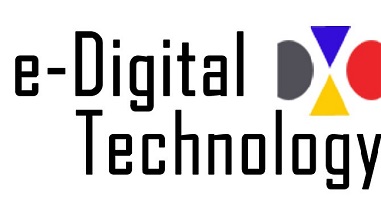DBMS and Techniques for database management systems
Data is stored, retrieved, and analyzed using database management systems (DBMS). Users can create, read, update, and remove data in databases using a DBMS, which acts as an interface between them and the databases.
Users and other programs can extract or modify data with the help of DBMS, which controls the data, the database engine, and the database schema. This helps with organization. Data security, integrity, concurrency, and standard data management practices are all aided by this. A relational database management system (RDBMS) is a group of tools and technologies that enables users to create, edit, and manage relational databases, distinguished by their independent table-based data structure. Data models, database distributions, user counts, and other factors can all be used to categorize database management systems. The most popular are relational, distributed, hierarchical, object-oriented, and network DBMS software types. A distributed database management system (DBMS) is a collection of logically connected databases dispersed across a network and controlled by a single database application. Model data is organized in a tree-like pattern using hierarchical databases. A parent-child connection is used to describe data storage and can be top-down or bottom-up. The network database approach allows each child to have several parents, addressing the requirement for more complicated relationships. Entities are arranged in a graph that has multiple pathways leading to them. Instead of using rows and columns to hold data. Object-oriented programming (OOP), on which it is based, enables objects to contain members like fields, properties, and methods. Using a DBMS, everyday database administration activities can be completed, such as:
- Configuring authentication and authorization.
- Performance optimization.
- Data retrieval.
- Data backups and snapshots are provided.
Some components are shared by every DBMS software, such as synchronization of data regularly, universal updating of data, and updating of data upon modification.
- storage engine
- Query Syntax
- Processing engine for queries
- Catalog of metadata
- Log supervisor
- Tools for reporting and monitoring
- Utilities for data
Using a DBMS can help businesses and software users achieve the following goals:
- higher data security
- merely sharing data
- Integration of data Independence & abstraction
- simplified backup and recovery process
- uniform management and supervision
DBMS is a crucial part of every organization’s database management system. Depending on the particular DBMS and the needs of the companies, the size, complexity, and feature set of a DBMS will vary.
